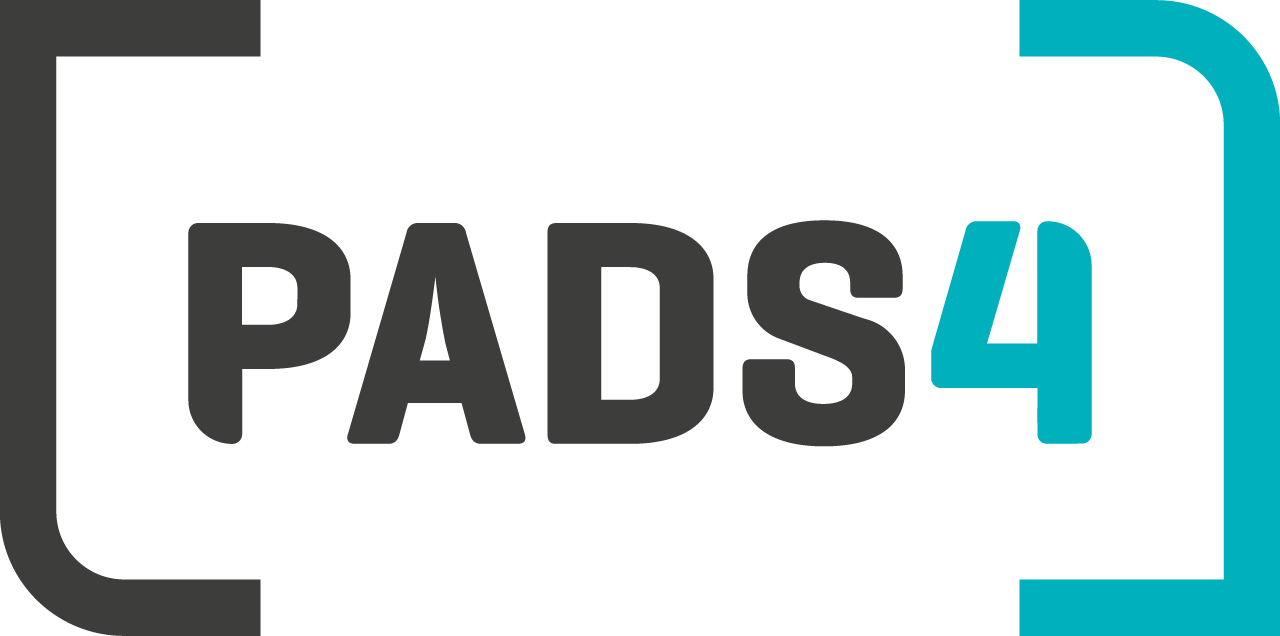Text Handling Options
Split Multi-Line Text into Play List Items
- Enabled – Each line of text from the data source is treated as a separate play list item, allowing for alternating display.
- Disabled – The entire text value is treated as one single play list item, displaying all lines together.
How It Works
If a multi-line text value is received from a data source, this setting controls whether:- Each line is displayed separately (like a scrolling news ticker or rotating announcements).
- All lines are displayed together in one text block.
Example Usage
Scenario 1: Flight Announcements (Enabled)
Data Source Input:- With Splitting Enabled: Each word appears individually in the playlist (e.g., “Boarding” → “Einsteigen”).
- With Splitting Disabled: Both lines are displayed together in a single text block.
Scenario 2: Image Playlist (Enabled)
Data Source Input:- Without Splitting: The image element cannot read the entire input as a valid path.
- With Splitting: The element processes each line separately, allowing a playlist of images to display in sequence.
Key Notes
- The separator between text lines is the carriage return line feed character (
<CR> <LF>). - This feature is useful when working with lists of images, messages, or real-time data feeds.
- Works in combination with playlist options to define how items are displayed.

